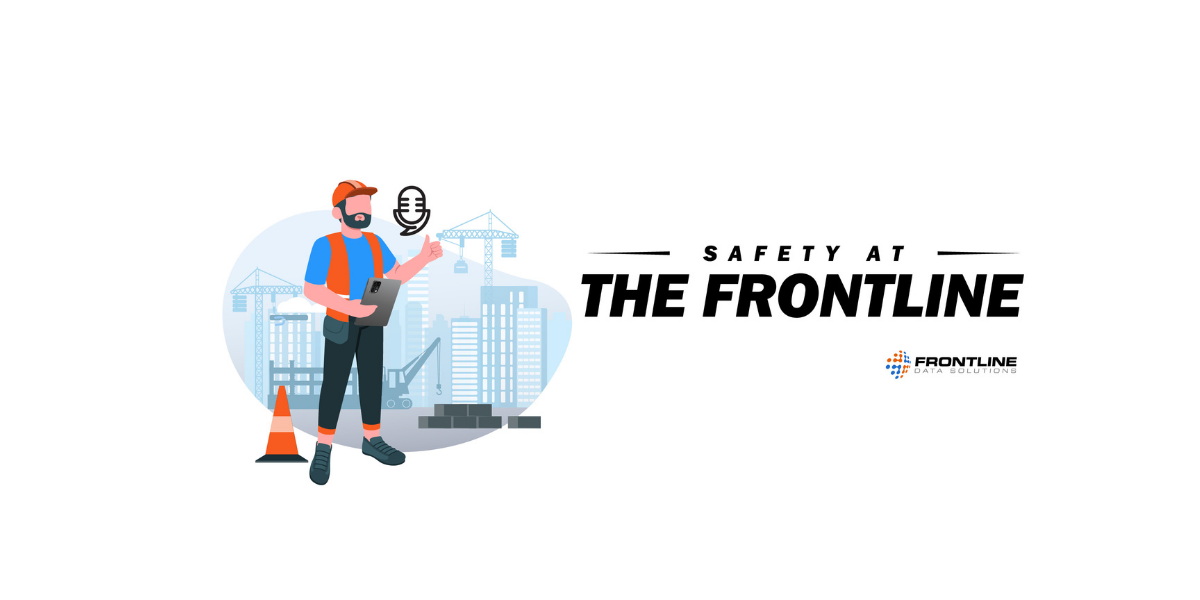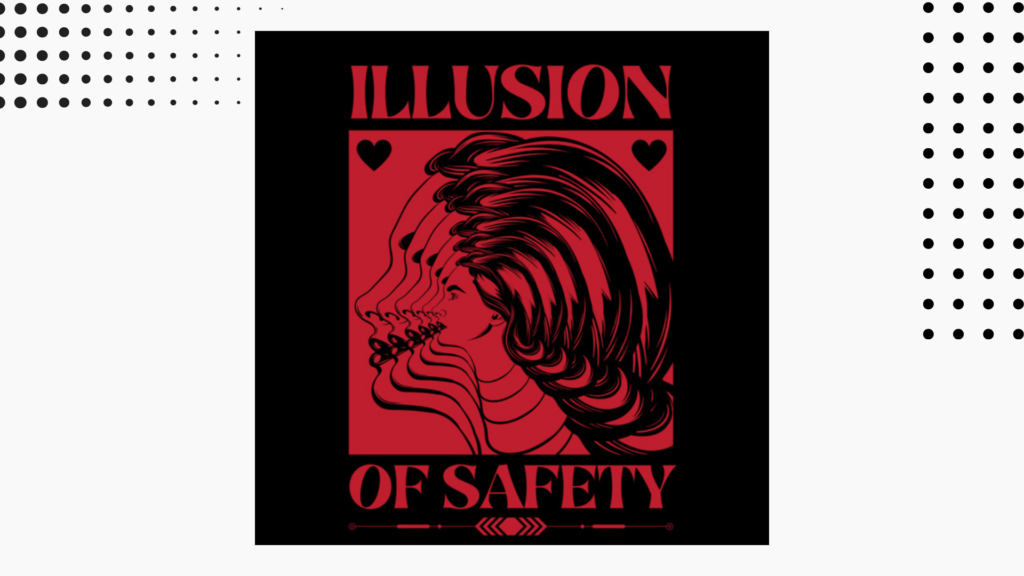Homepage > Resources > Podcast > S1E41
What’s going on in EHS this week? Find out with Safety at the Frontline!
Tune in on Mondays to get the latest safety news with Frontline’s podcast. We’re covering the top EHS news, along with some quick and useful tips, so you can stay safe and keep rocking on the frontlines.
Explosion in Georgia
Starting the week off with unfortunate news, multiple explosions and a fire were reported at the Symrise Chemical Plant in Brunswick, Georgia, last week. Several neighborhoods were evacuated, and others were told to shelter in place.
According to the Glynn County Emergency Management and Homeland Security Agency, emergency crews received a report about a fire at the chemical plant. When they arrived, an explosion occurred, and teams quickly started working to determine the source of the fire and an attempt to extinguish it.
Investigators say that “The chemical source of the fire is hydrogen peroxide pinene, which was manufactured in the plant.” According to officials, there were a total of three explosions: One occurred when crews arrived at the scene, and two additional explosions occurred when they began to pull away from the chemical plant. A firefighter suffered minor injuries but other than that everyone was safe, and the smoke is said to have no lasting health or safety concerns for the people living near the plant.
BLS report on injuries and illnesses
Onto the next news, according to a recent report from the Bureau of Labor Statistics, the number of reported workplace injuries in the U.S. private sector increased in 2021. There was a decline in respiratory illnesses –of course, including COVID-19 – which helped drive down the combined number of nonfatal workplace injuries and illnesses.
Workers in the private industry experienced an estimated 2.2 million nonfatal injuries in 2021 – which shows an increase from the 2.1 million the year before. The rate of nonfatal injuries also increased to 2.3 per 100 full-time equivalent workers from 2.2 in 2020.
In 2021, employers reported 365,200 nonfatal illnesses – a decline from 544,600 in 2020. Likewise, the number of recorded respiratory illnesses went down to 269,600 from 428,700 in 2020. Before the pandemic, back in 2019, that total was 10,800. BLS states that the 2021 data includes cases of COVID-19 “when a worker was infected as a result of performing their work-related duties.
EEA on climate impact
Last news of the week, the European Environment Agency released a report that shows climate impacts on diseases including foodborne infections pose a growing threat.
The agency said there is a need to move from planning to taking action and improving awareness among public health and healthcare practitioners.
According to the report, climate-sensitive infectious diseases are projected to further spread northward and cause a higher disease burden in Europe as changing conditions become better for their emergence and transmission.






